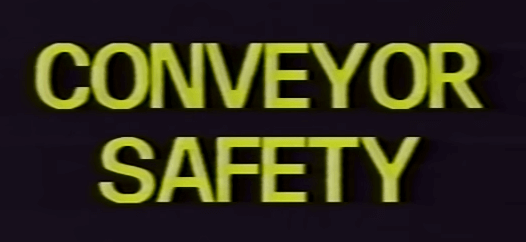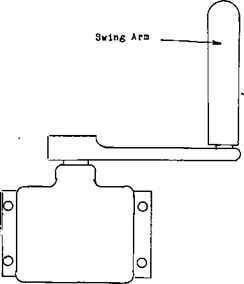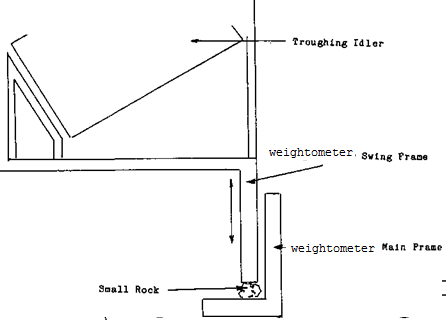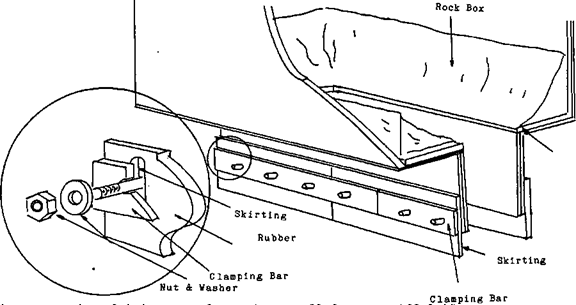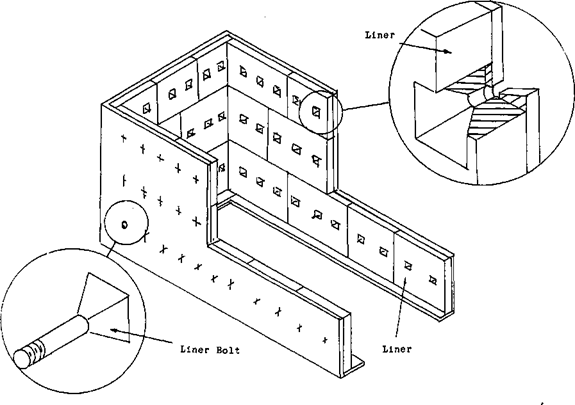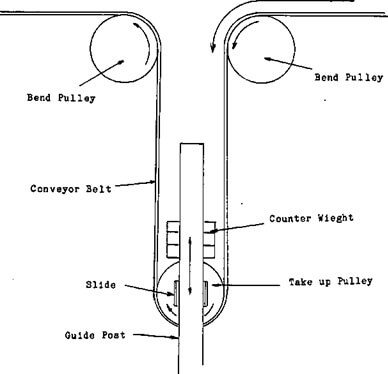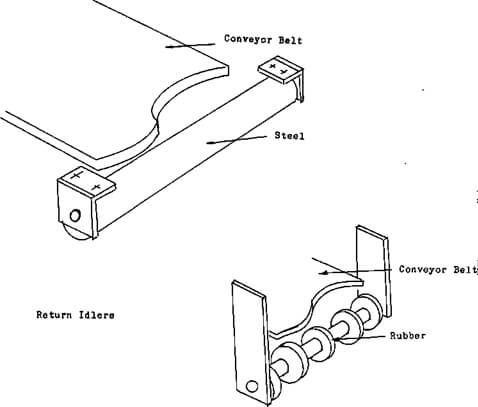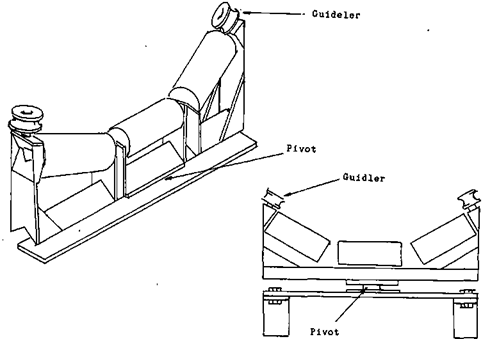Conveyor Safety Talks
Let us talk about Basic conveyor safety as it is just like being around all moving equipment will be guards of one type or another. It may be to prevent people from falling into the equipment or, in cases where there is a danger of equipment failure, the guards may be designed to contain parts … Read more

